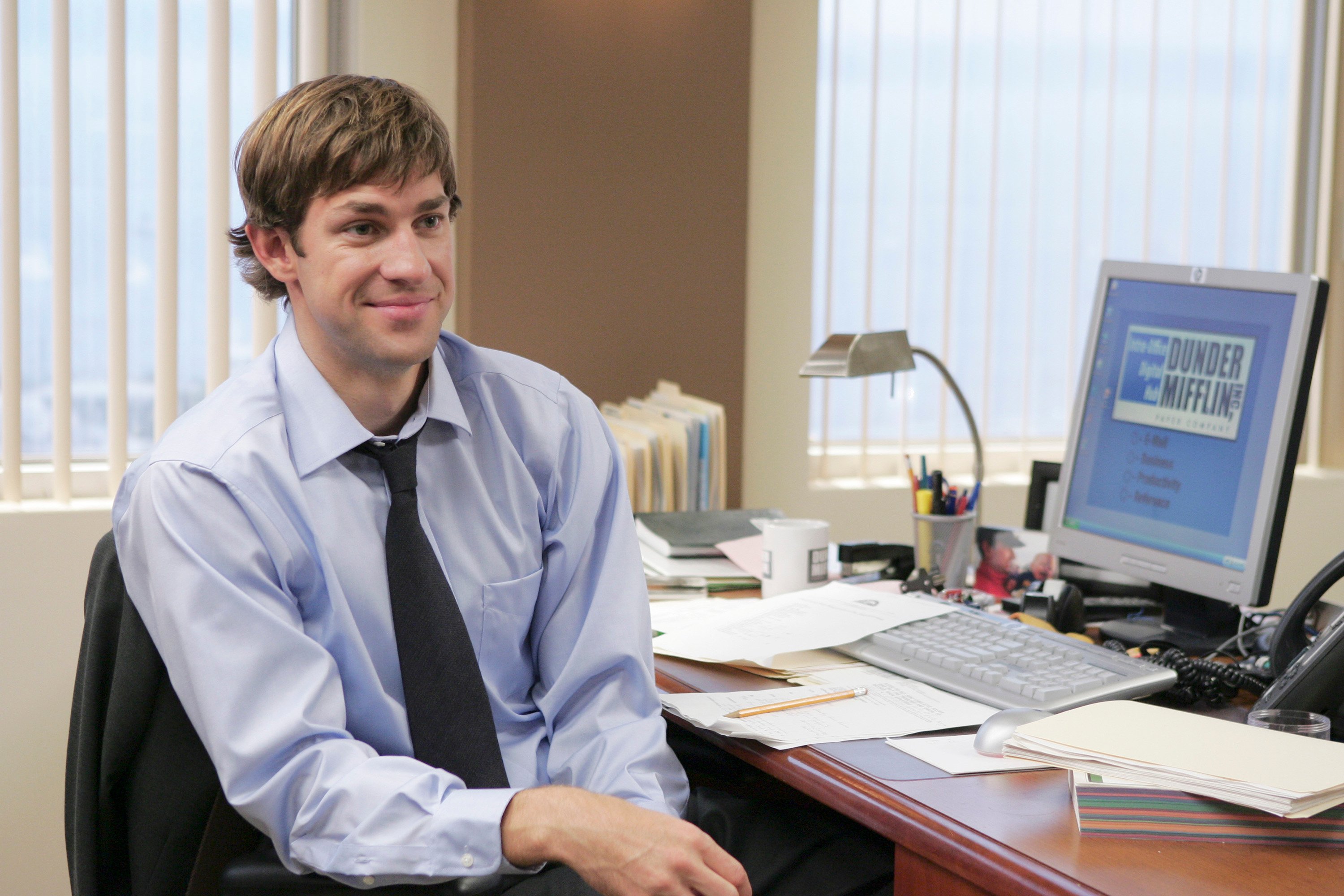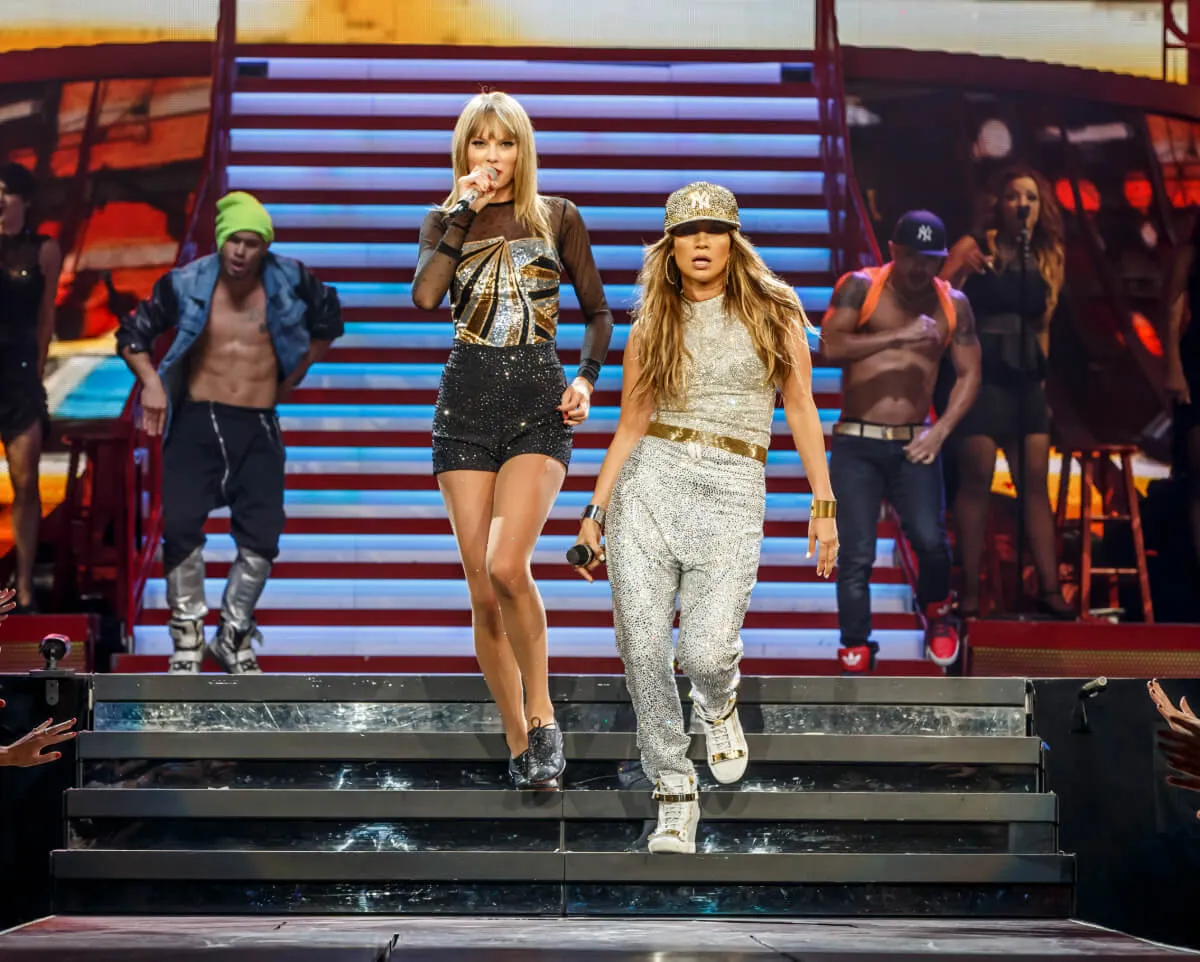‘The Office’ Showrunners Reveal How Their Lives Inspired Some of the Show’s Funniest Moments
The Office ended in 2013. But as Brian Baumgartner explores in his podcasts, it’s still one of the most popular streaming shows among today’s audiences. How can a show about a failing paper company be so appealing to generations of people who rarely use paper? There’s no definitive answer to that question. Still, the writers, actors, and people behind the scenes of The Office each made a significant impact on the moments that have allowed the NBC comedy the staying power it has today.

‘Call of Duty’ and other moments from ‘The Office’ casts’ lives inspire the show
In season 3 of The Office, Jim Halpert (John Krasinski) is working at the Stamford, Connecticut branch of Dunder Mifflin. Jim was used to time-wasting exercises in Scranton. But he wasn’t prepared to play Call of Duty as a team-building activity.
Ironically, this moment was inspired by what the writers and showrunners were doing behind the scenes. “We played Call of Duty a lot,” Lee Eisenberg recalls to Baumgartner in the “I Don’t Care, Fire Me” episode of An Oral History of The Office. According to Jenna Fischer’s podcast Office Ladies, producer Kent Zbornak installed the game on everyone’s computers to “blow off steam during edit sessions.”
‘The Office’ casts’ experiences become ‘fodder’ for moments in the show
“Everything is fodder,” Eisenberg mentions to Baumgartner on his podcast. Call of Duty wasn’t the only real-life thing that inspired the show. The interview Jim and Pam sit through for a daycare in the season 6 episode “Sabre” happened to one of the writers.
“The idea to have Jim walk in on the daycare owner came from one of our writers, Halsted Sullivan,” producer Jen Celotta told Office Tally, adding:
Right before his interview for Williams College, he walked in on his interviewer going to the bathroom. He went into the meeting and said that there was no getting around it — they were both uncomfortable and the whole interview was awkward. He said it was so bad that he never even applied to Williams!”
As Eisenberg explains it, “… it’s like you’re writing about an office, you’re writing a show about co-workers…” but that’s what the writers, actors, producers, and directors all were — colleagues. “It all turns into something,” Eisenberg adds. “When you’re doing a show about people trying to make it through the day, everything becomes up for grabs.”
‘The Office’ writers use the ‘double duty’ method to write jokes that also exist to further the story
Producer and writer Mike Schur remembers showrunner Greg Daniels having a “Double Duty” policy while working on the comedy series. “Mike’s thing was we have such a limited time here,” Schur explains to Baumgartner. “Bad sitcoms split their lines, [where] some are jokes and some [further the] story.” But The Office didn’t want to be another “bad sitcom.”
“If you separate the story and the jokes [and] cut all the jokes to get the story and have nothing but a story,” Schur adds. To avoid this, Daniels pushed writers to strive to make the story funny at all times. In other words, he wanted jokes and narrative to have a “double duty” in any given script.


